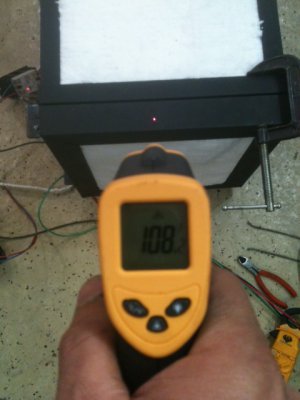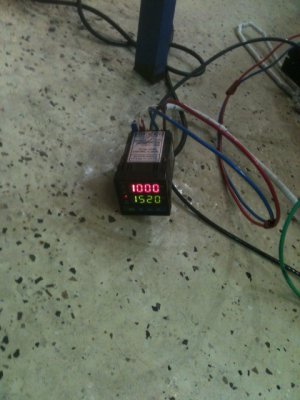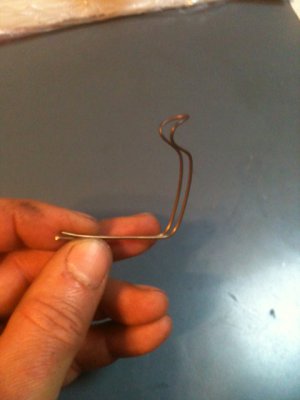- Joined
- Nov 16, 2012
- Messages
- 5,596
Update. I snipped 1.5 zig-zags off and the current is up to 16 Amps. House voltage is reading 242 at the moment so we're at 3872 Watts. It's on it's way up to 1000 degrees. We'll see how long it take to get there. The insulation is still cool and the black frame is cold. At this writing, the internal temp was 700. The 10 ga supply wire is cold.
The kanthal wire was rated for 25 Amps. So I'm trying to find an Amperage trade off that gets it up to 1600 degrees in there and not push the wire too hard.
BTW: There's no odor at all. I was concerned that this insulation or the heat paint might smell funky.
The PID is working nicely. You can see the indicator lights and when it starts to approach a target temperature, it gets conservative with power to not overshoot.
Ray
The kanthal wire was rated for 25 Amps. So I'm trying to find an Amperage trade off that gets it up to 1600 degrees in there and not push the wire too hard.
BTW: There's no odor at all. I was concerned that this insulation or the heat paint might smell funky.
The PID is working nicely. You can see the indicator lights and when it starts to approach a target temperature, it gets conservative with power to not overshoot.
Ray



